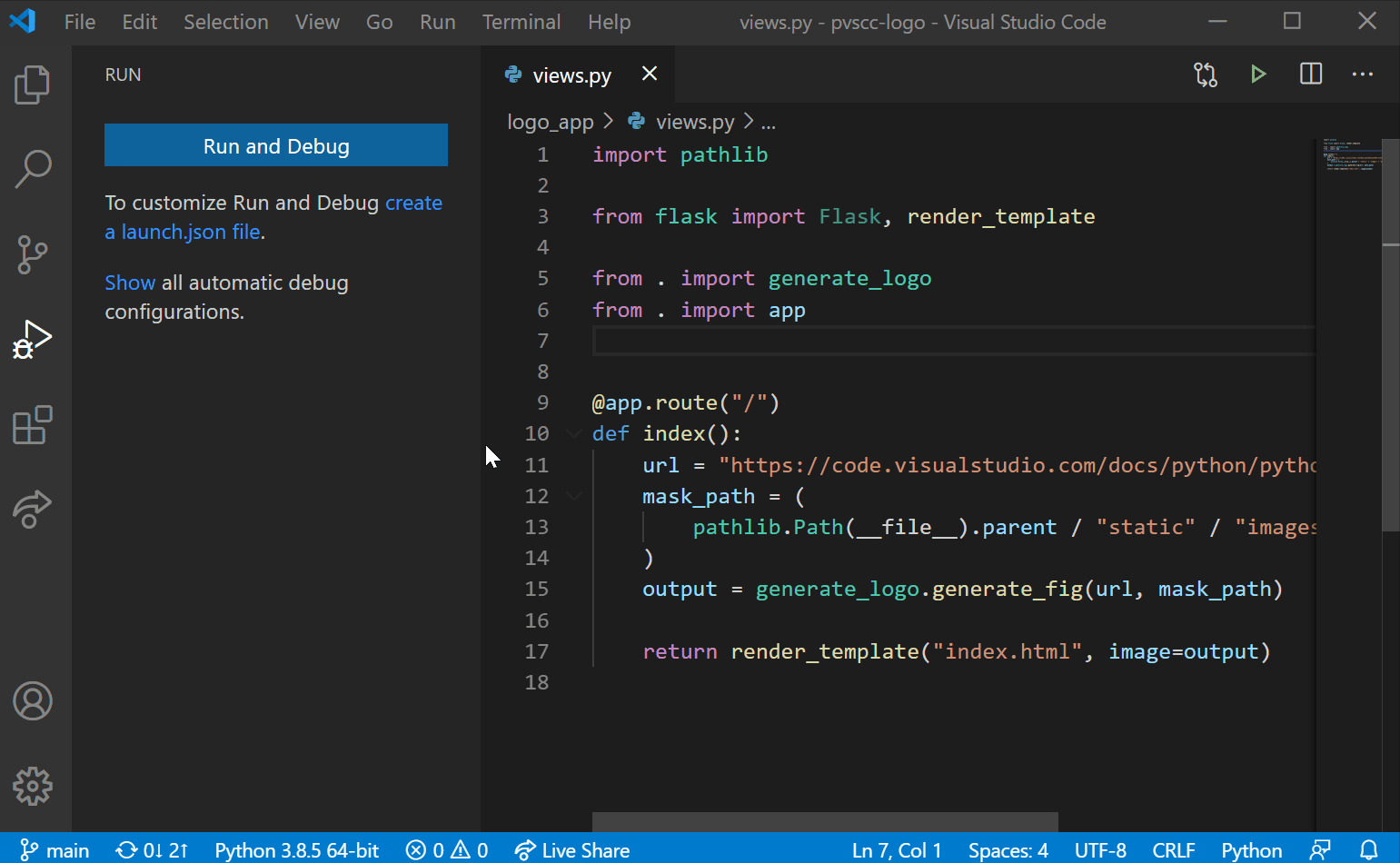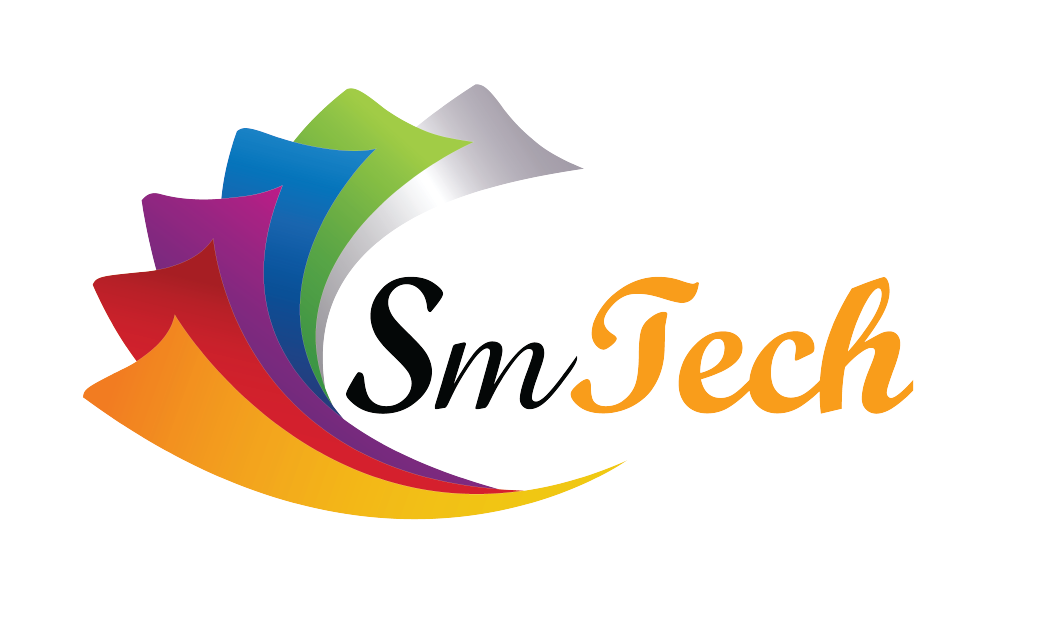Python is a high-level, interpreted programming language that was first released in 1991 by Guido van Rossum. Since then, it has become one of the most popular programming languages in the world, known for its simplicity, readability, and versatility. Python is widely used in web development, data science, artificial intelligence, and many other fields.
In this blog, we will explore what Python is and its benefits.
Python Features
Here are some of the features that make Python unique:
Easy to Learn
Python has a simple syntax that is easy to learn. It is designed to be readable and intuitive, which makes it a popular choice for beginners.
Open-Source
Python is an open-source language, which means that it is free to use and distribute. This makes it easy for developers to access and modify the code.
Versatile
Python can be used for a wide variety of applications, including web development, data analysis, machine learning, and scientific computing.
Interpreted
Python is an interpreted language, which means that the code is executed line by line. It easier to debug and test code.
Cross-Platform
Python can run on many different operating systems, including Windows, Linux, and macOS.
Large Community
Python has a large and active community of developers who contribute to libraries, frameworks, and tools. This makes it easy to find support and resources.
Benefits of Using Python
Python has many benefits, including:
Easy to Learn
Python's simple syntax makes it easy for beginners to learn. This makes it a popular choice for students and professionals who want to learn programming.
Productivity
Python is known for its productivity. It allows developers to write code quickly and efficiently, which saves time and reduces costs.
Large Community
Python has a large and active community of developers who contribute to libraries, frameworks, and tools. This makes it easy to find support and resources.
Versatility
Python can be used for a wide variety of applications, including web development, data analysis, machine learning, and scientific computing. This makes it a popular choice for businesses.
Libraries and Frameworks
Python has a vast collection of libraries and frameworks that make it easy to perform complex tasks. These include NumPy, Pandas, TensorFlow, and Django.
Career Opportunities
Python is a popular language in many industries, including technology, finance, and healthcare. This means that there are many job opportunities for Python developers.
How to USe Python ?
Python is a powerful programming language that can be used for a wide range of applications. Here are some steps on how to get started using Python:
Install Python: First, you need to download and install Python on your computer. Python is available for free from the official website at python.org. Choose the appropriate version for your operating system and follow the installation instructions.
Choose an IDE or Text Editor: To write and run Python code, you need to choose an Integrated Development Environment (IDE) or a text editor. Popular choices include PyCharm, Spyder, and Visual Studio Code.
Write your first program: Once you have an IDE or text editor installed, you can start writing Python code. Open a new file and type in some code, such as:
Save the file: Save the file with a .py extension, such as "hello.py".
Run the program: Open a terminal or command prompt and navigate to the directory where your Python file is located. Type "python hello.py" and press enter. This will run your Python program and output "Hello, World!" to the console.
Congratulations, you have just written and run your first Python program! From here, you can continue learning Python and exploring its vast capabilities. Some recommended resources for learning Python include online tutorials, books, and courses.
basic varialble and tags:
In Python, variables are used to store data values that can be used throughout a program. To create a variable, you simply choose a name for it and assign a value to it using the equals (=) sign. For example, to create a variable called "x" and assign it a value of 5, you would use the following code:
In this case, "x" is the variable name, and 5 is the value that is assigned to it. Variables can store different types of data values, including numbers, strings, lists, tuples, dictionaries, and more.
Python also supports tags, which are called "comments". Comments are used to add notes to your code that explain what it does, how it works, or any other information that is relevant to the code. Comments are ignored by the Python interpreter and are not executed as part of the program.
To create a comment in Python, you can use the hash (#) symbol. Anything that follows the hash symbol on the same line is considered a comment. For example:
Comments can also be used to temporarily disable or "comment out" a line of code. This is useful for testing and debugging, or for removing code that is no longer needed. To comment out a line of code in Python, simply add a hash symbol at the beginning of the line. For example:
In this case, the line of code that assigns a value of 5 to the variable "x" is commented out and will not be executed by the program.
Python is a powerful and versatile programming language that is used for a wide range of applications in various industries. Here are some of the reasons why Python is a popular choice for programming:
Easy to learn and use: Python has a simple syntax that is easy to learn, making it a popular language for beginners. Its code is easy to read and write, and it requires less code than other programming languages to achieve the same functionality.
Versatile: Python can be used for a wide range of applications, including web development, data analysis, artificial intelligence, machine learning, scientific computing, and more. It is a popular choice for building web applications, data visualization tools, and scientific simulations.
Large community and support: Python has a large and active community of developers who contribute to its development and create libraries and tools that extend its functionality. There are many resources available for learning and using Python, including online tutorials, books, and courses.
Portable: Python is a cross-platform language, which means that it can run on different operating systems, including Windows, Mac, and Linux. This makes it easy to develop and deploy Python applications on different platforms without making major modifications to the code.
Open-source: Python is an open-source language, which means that its source code is freely available to anyone to use and modify. This has led to the development of many powerful libraries and frameworks for Python that are widely used in various industries.
Overall, Python is a popular language because of its simplicity, versatility, and wide range of applications. It is a valuable tool for developers, data scientists, and researchers who want to build powerful and innovative applications.



















